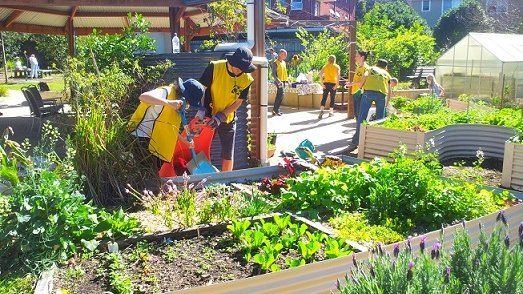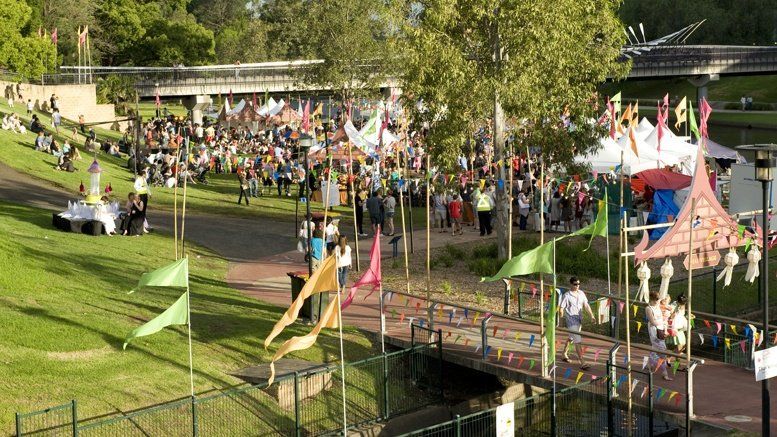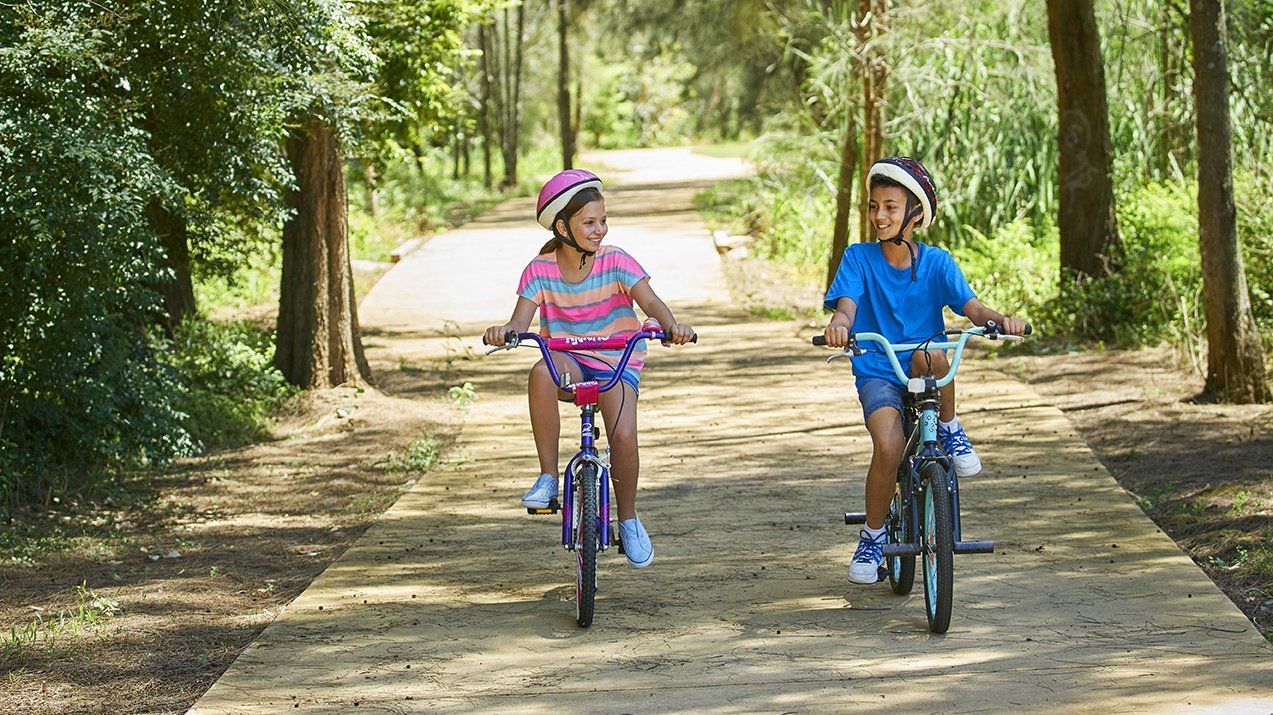NSW Healthy Built Environment resources
The Heart Foundation has, since 1959, been fighting the single biggest killer of Australians – heart disease. Almost 1.5 million of us live with heart disease and each year more than 55,000 Australians suffer a heart attack.
One of the key ways of improving heart health is to increase physical activity levels - and we know that improving the design of our cities, towns, streets and buildings makes it easier for Australians to lead heart-healthy lives.
The Heart Foundation is working towards the creation of healthier built environments and for decades we have supported planners, developers, local governments and communities working towards creating streets, towns and cities that allow, support and encourage active, healthy lives.
We are excited to share with you some recent updates of our Healthy Built Environment resources. We hope that you find the guides useful for your work, and together we can help Australians lead more heart-healthy lives.
For Councils
There are many ways in which councils, local health districts and other stakeholders can promote liveability through the local government strategic planning processes. This series of resources unpacks exactly which plans, at which times, can be amended to include community liveability and includes practical hints and tips on how ensure strategic consistency across the required plans and legislation.
Liveability and Local Government, 2020
This resource is a comprehensive guide to promoting liveable communities through local government strategic planning processes and plans.
The guide explains how the various parts of the NSW strategic planning system fit together and how to navigate through it. The guide also helps stakeholders identify opportunities for health focussed action and engagement with councils and includes a range of examples and best practice case studies.
Integrated Planning and Reporting Framework, 2020
This Guide aims to promote community health and wellbeing through Integrated Planning and Reporting (IP&R), with a focus on active living and healthy eating.
It offers helpful tips for promoting community health and wellbeing, examples of how to address liveability through IP&R, links to a range of resources to support good practice and 'model' liveability provisions for incorporation into IP&R documents.
Achieving Liveability Outcomes for your community – A how to for councils, 2020
This ‘how to’ document provides useful tips and examples to help achieve liveability outcomes through local government strategic planning processes, and embed health focussed actions in local government strategic plans.
It is a companion guide to ‘Liveability and Local Government’ and ‘Promoting Health through the Integrated Planning and Reporting Framework’.
For developers
There is a plethora of information out there about how to incorporate liveability into your development. But with so much information, how do you know where to start? We have done the hard work for you and rounded up the best resources for you. If you're interested in promoting liveability through master planning, the development process, building phase or landscaping, we have tailored information to suit you.
How to... by typology
Every day the development industry shapes how communities live, move, work and play. The community and consumer benefits of incorporating liveability principles into development are well known. These posters are designed to help developers incorporate liveability into development projects and highlights the resulting benefits to both developers and communities.
Stay informed. Sign up to our newsletter.
I agree that I have read and I accept the Heart Foundation's Privacy Statement.



